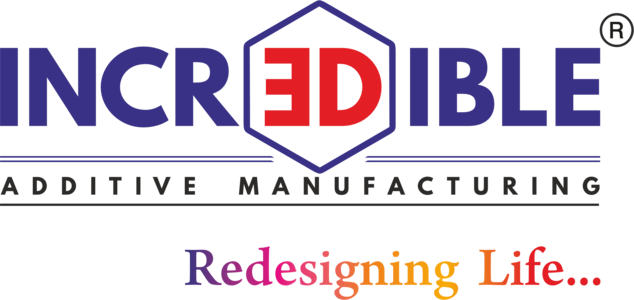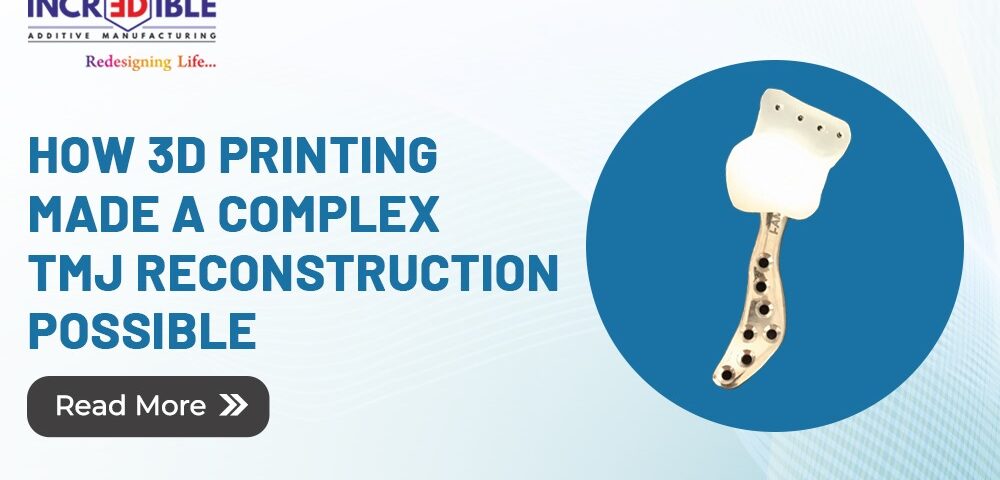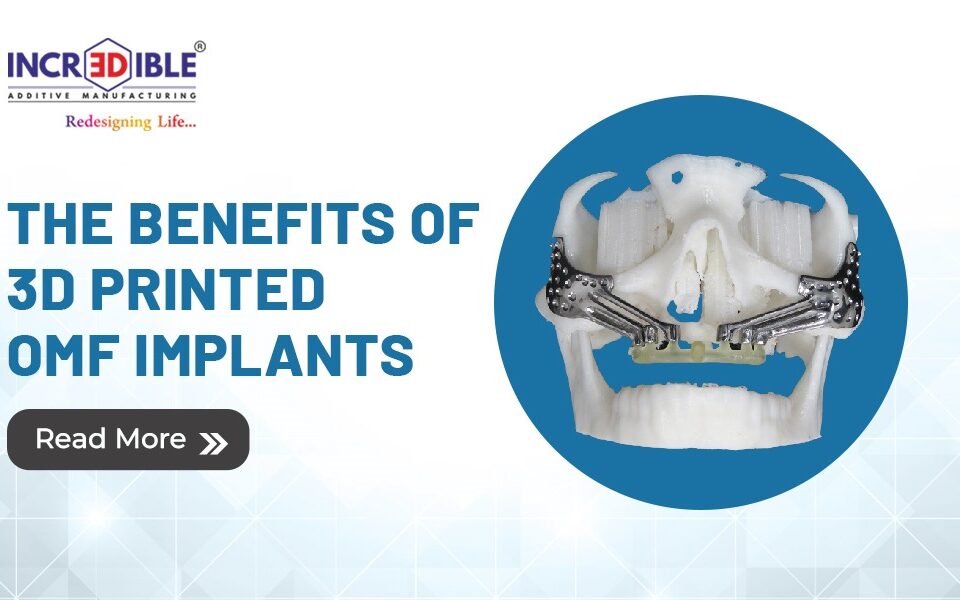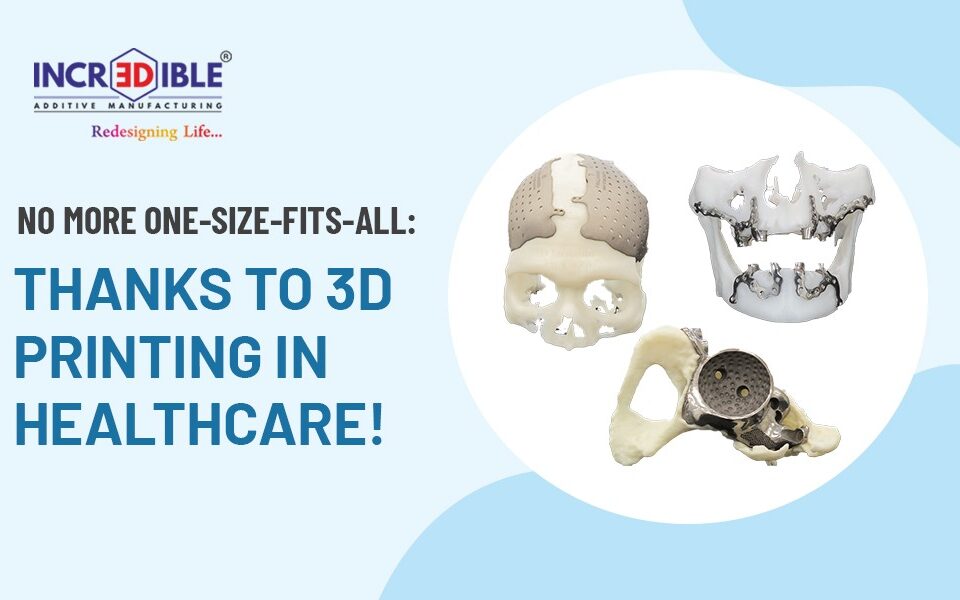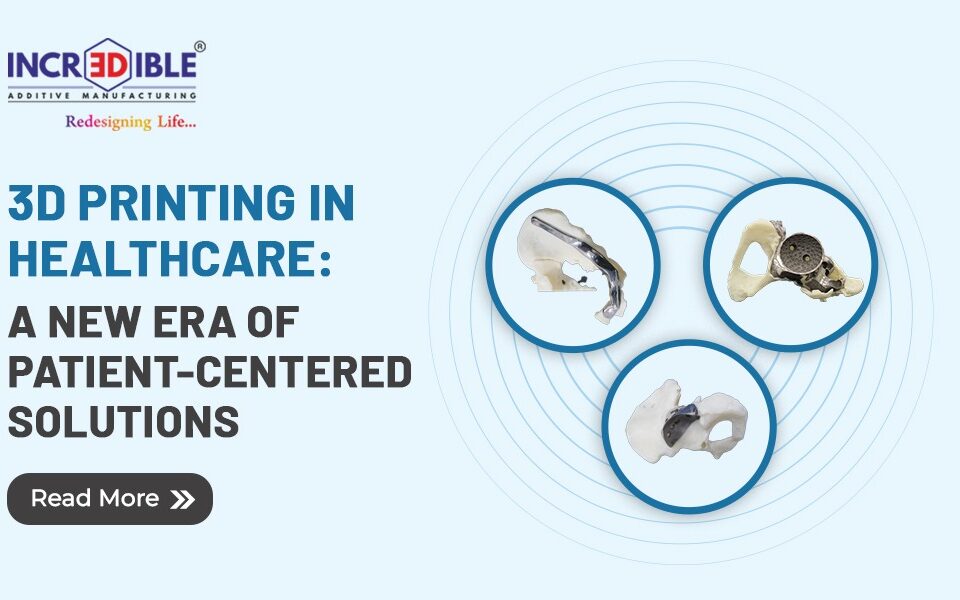TMJ disorders bring severe problems to a patient’s life by interfering with speaking, eating, and showing emotions. Advanced TMJ problems require patients to consider TMJ reconstruction as the best medical solution. People faced restrictions in maxillofacial surgery because understanding and treating the joint proved challenging in different human body configurations. 3D printed implants for medical industry now produces TMJ replacement parts that better match each patient and create better surgical results.
Personalized Implants for Perfect Fit
3D printing helps TMJ reconstruction through its capacity to make implants that perfectly fit each patient. Doctors can make a digital 3D model of the jaw based on CT or MRI results. A perfect customization emerges from the printed model. Custom implants that precisely match the jawbones help surgery succeed better and make daily jaw movements easier with a lower chance of problems that bring more comfort to the patient.
Better Planning Means Better Surgery
Doctors faced strong difficulties in creating Temporomandibular joint surgery plans until 3D printing began to help medical practices. Doctors use 3D-printed anatomical displays to organize every aspect of medical procedures ahead of surgery. These models help surgeons prepare for surgery and then simulate procedures without issues. The surgical plan becomes more predictable and effective thanks to advanced preparation, which cuts down operating room time.
What makes 3D printing crucial for surgery accuracy?
3D printing consists of prints made from patient data scans that let surgeons locate correct surgical areas or implant positions. These guides protect against human mistakes and help the surgery succeed more precisely. The end result delivers better outcomes and faster operating room processes with fewer problems.
Can 3D Printing Help in Patient Communication?
Doctor appointments become simpler because 3D printing helps both doctors and patients understand Temporomandibular joint problems and procedures. Surgeons present 3D-printed jaw models to patients to show them the jaw problem and show how the operation will solve the issue. Showing patients real-model representations of their treatment builds their trust and eases their confusion to help them understand better while feeling more confident. Both parties make treatment choices together more effectively when patients can clearly understand what will take place during the operation. Reliable medical explanations before surgery help both doctors and patients build trust and make a smoother emotional transition.
The Future of TMJ Surgery Looks Promising
The use of 3D printed implants for medical industry has just launched its benefits in TMJ surgery. Scientists expect to develop techniques that restore human tissue at injured sites by using cells from each patient. The healthcare team will create functional jaw tissues from patient cells rather than implant artificial materials. Better technological advancements in imaging and materials will bring us even closer to safer and more effective procedures. The new technology offers people faster restoration of normal health after surgery plus lower risks and better appearance. Advancements in technology make the prospect of treating TMJ problems safer and more intelligent for patient care.
Conclusion
3D printing technology enables doctors to deliver superior Temporomandibular joint restorations that perform better according to patient requirements. The treatment method has evolved from being very difficult to handle into an improved system resulting in reduced hazards combined with sooner returns to health. 3D Medicals achieves this degree of transformation by creating new opportunities for better maxillofacial surgery delivery.
